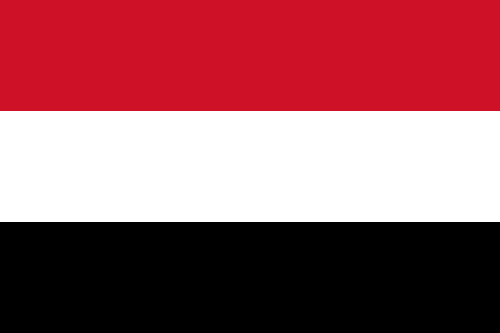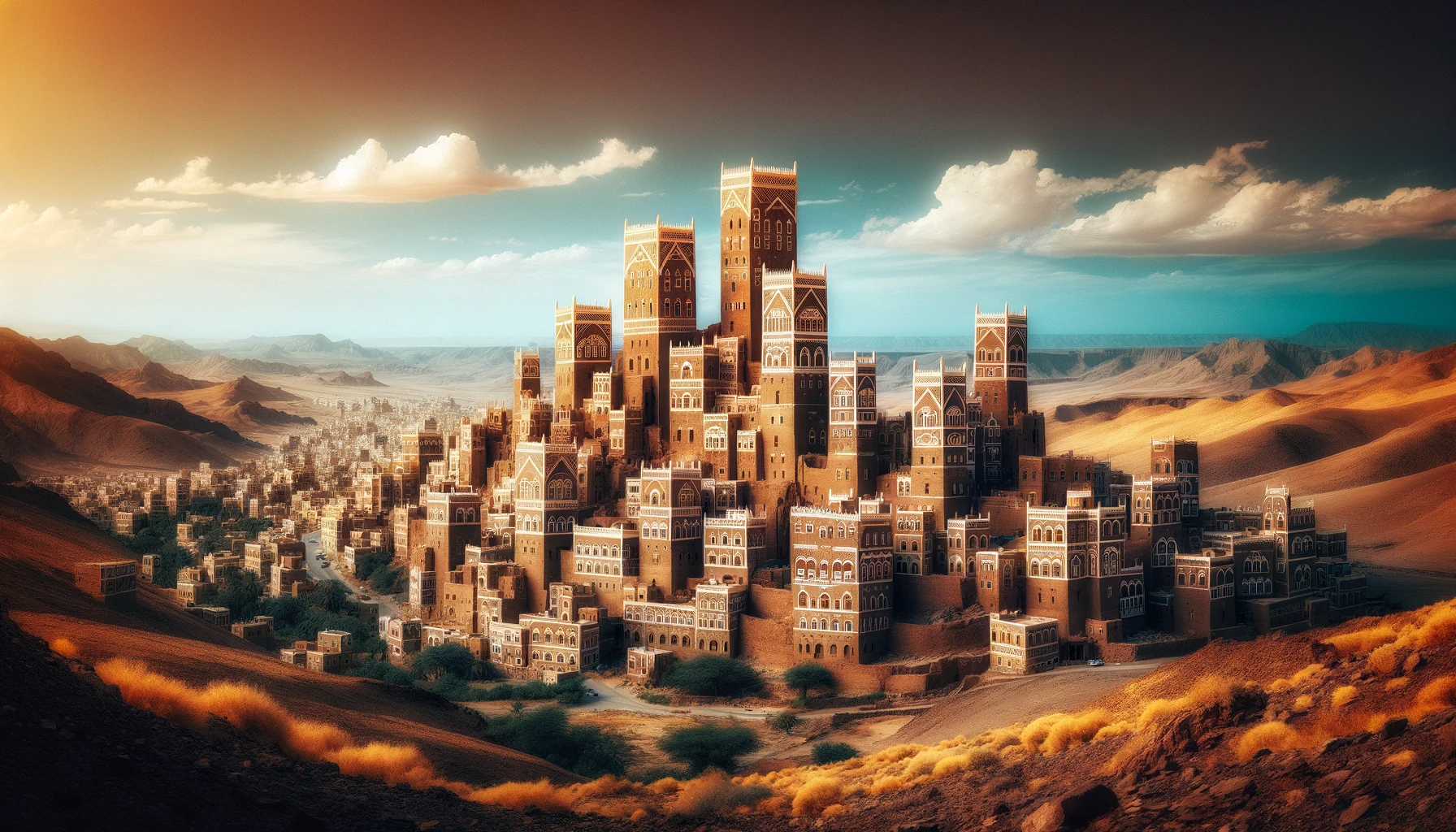List of Public and National Holidays in Yemen for the year 2024
- Eid al-Fitr Holiday: Monday, 8 April 2024, to Tuesday, 9 April 2024
- 2. Eid al-Fitr: Wednesday, 10 April 2024
- 3. Eid al-Fitr Holiday: Thursday, 11 April 2024, to Friday, 12 April 2024
- Labour Day: Wednesday, 1 May 2024
- Unity Day: Wednesday, 22 May 2024
- Eid al-Adha Holiday: Saturday, 15 June 2024
- 2. Eid al-Adha: Sunday, 16 June 2024
- 3. Eid al-Adha Holiday: Monday, 17 June 2024, to Wednesday, 19 June 2024
- Islamic New Year: Sunday, 7 July 2024
- Prophet Muhammad’s Birthday: Sunday, 15 September 2024
- Revolution Day: Thursday, 26 September 2024
- Liberation Day: Monday, 14 October 2024
- Independence Day: Saturday, 30 November 2024

History
- Ancient Civilizations: Historically known as ‘Arabia Felix’ for its prosperity, Yemen was home to ancient civilizations like Saba (Sheba), famous for the Queen of Sheba.
- Islamic Era and Beyond: Played a significant role in the early Islamic era. Later, it was part of the Ottoman Empire and then a British protectorate in South Yemen.
- Unification and Recent Conflicts: North and South Yemen unified in 1990. The country has since experienced political instability, including the current ongoing conflict that began in 2014.
Geography
- Location and Terrain: Located at the southern end of the Arabian Peninsula, bordered by Saudi Arabia, Oman, the Red Sea, and the Arabian Sea. Features mountainous regions, a Red Sea coastal plain, and a desert interior.
- Climate: Predominantly desert climate, with variations in the mountainous regions and the Socotra archipelago.
Culture
- Rich Heritage: A blend of Arab, African, and Indian Ocean influences. Known for its historic cities, like Sana’a and Shibam, which have distinctive architectural styles.
- Traditions and Arts: Rich in traditional arts, including Yemeni music, dance, and handicrafts like textiles and silverwork.
- Cuisine: Features dishes like saltah (a meat stew), mandi (meat and rice), and Yemeni honey, known for its high quality.
Economy
- Agriculture and Trade: Historically, Yemen’s economy was based on agriculture and trade, including the famous Frankincense and Myrrh routes.
- Oil and Gas: Oil exports became significant in recent decades, though reserves are limited and declining.
- Economic Challenges: The ongoing conflict has severely impacted the economy, leading to widespread poverty and humanitarian crises.
Society
- Population: A mix of various tribal and ethnic groups. Yemeni society is deeply tribal, with strong family and clan loyalties.
- Languages: Arabic is the official language, with several local dialects spoken.
- Education and Healthcare: Both sectors are severely strained due to the ongoing conflict, with widespread disruption to services and infrastructure.
Environmental Concerns
- Water Scarcity: One of the most water-stressed countries in the world, facing severe challenges in water supply.
- Agricultural Challenges: The agricultural sector is hindered by limited arable land, water scarcity, and conflict-related disruptions.
Government and Politics
- Political Instability: The current political situation is complex, with multiple factions and external actors involved. The Houthi movement controls large parts of the country, including the capital, Sana’a.
- International Efforts: There have been international efforts to resolve the conflict, but a lasting peace agreement remains elusive.
Tourism
- Historical and Natural Sites: Yemen has four UNESCO World Heritage Sites, including the Old City of Sana‘a and the Socotra Archipelago, known for its unique flora and fauna.
- Security Concerns: Ongoing conflict and security concerns have severely impacted tourism.
Challenges and Future Outlook
- Humanitarian Crisis: Addressing the humanitarian crisis, including food insecurity, healthcare, and displacement, is a critical immediate challenge.
- Peace and Reconstruction: The need for a sustainable peace process and the reconstruction of the country’s infrastructure and economy.
- Long-Term Development: Focus on long-term economic development, social cohesion, and rebuilding the state institutions.
In summary, Yemen is a country with a rich and complex history, diverse cultural heritage, and significant challenges. Currently facing one of the world’s worst humanitarian crises, its future is closely tied to the resolution of the ongoing conflict and subsequent reconstruction efforts.
Meta Description for Google (155 characters): “”

